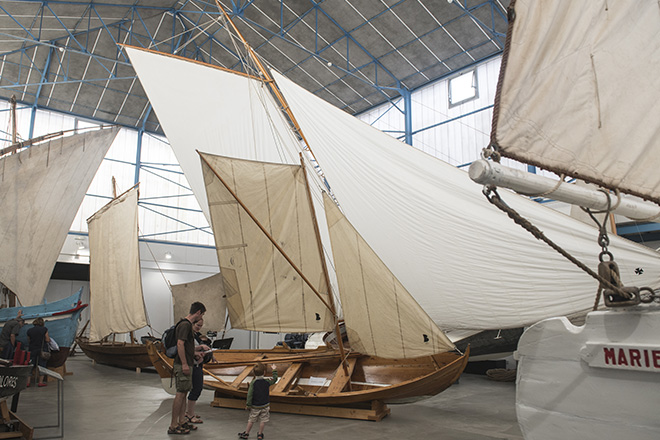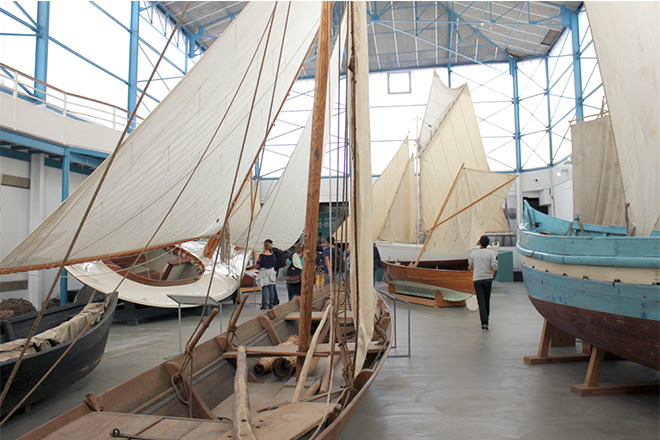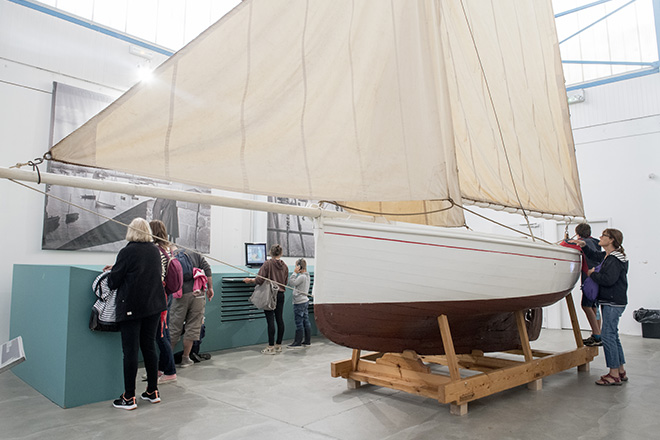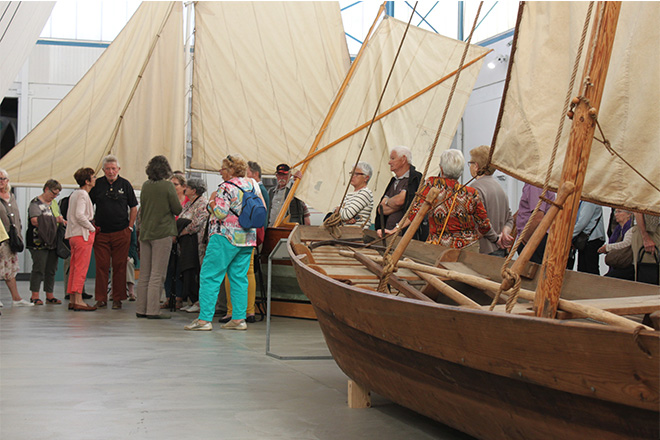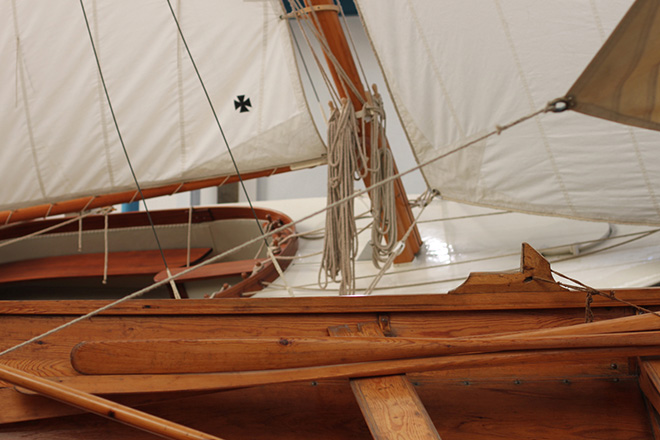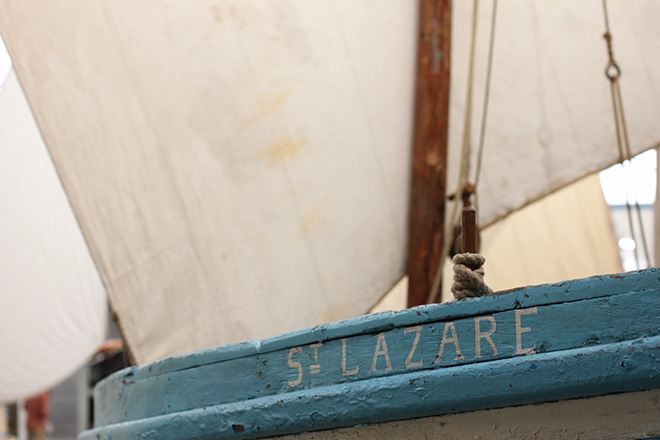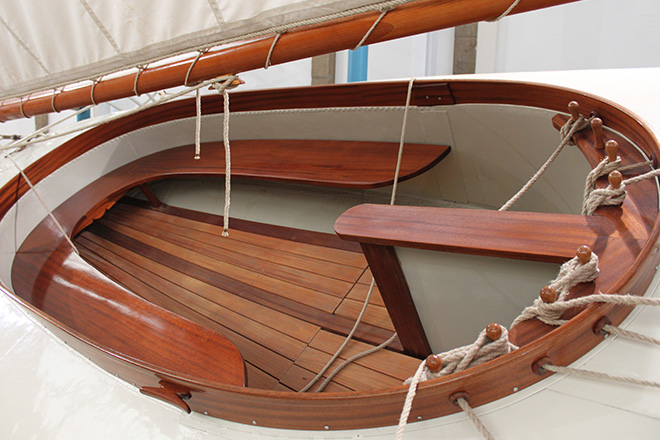Rigging room
The European countries had a mosaic of local flotillas: a profusion of boats coming from traditional, regional and artisan practices. Mediterranean crews favoured streamlined shapes with lateen sails or oars for propulsion. Those on the Atlantic coast had long preferred hollow hulls and fore-and-aft sails.
This diversity was a manifestation of the variety of maritime environments.
Around the world, the language of sails has always helped to distinguish boats. Although sails and rigging vary widely, they all fit into two categories according to both their structure and how they work.
- The square sail (which is actually trapezoidal), the oldest and simplest form, fulfils the need for a barrier that captures the energy of the wind. This is the kind of sail seen on longships or large, traditional sailboats. It is a powerful sail, but it is not very effective for sailing close to the wind.
- The move from the square sail to the fore-and-aft sail happened in stages, depending on the sailing areas. While the Mediterranean developed triangular lateen sails or quadrangular fore-and-aft sails, the Atlantic and the Channel had lug sails or gaff sails, and the Nordic Seas developed spritsails. Fore-and-aft sails, which vary widely in terms of shape and implementation, mainly stem from the square sail. They form a sort of half square sail and can be set lengthwise along the centreline of the vessel, hence the term “fore-and-aft”. They allow the boat to sail to windward and tack close to the wind. The modern Marconi rig is the culmination of fore-and-aft rigging.


